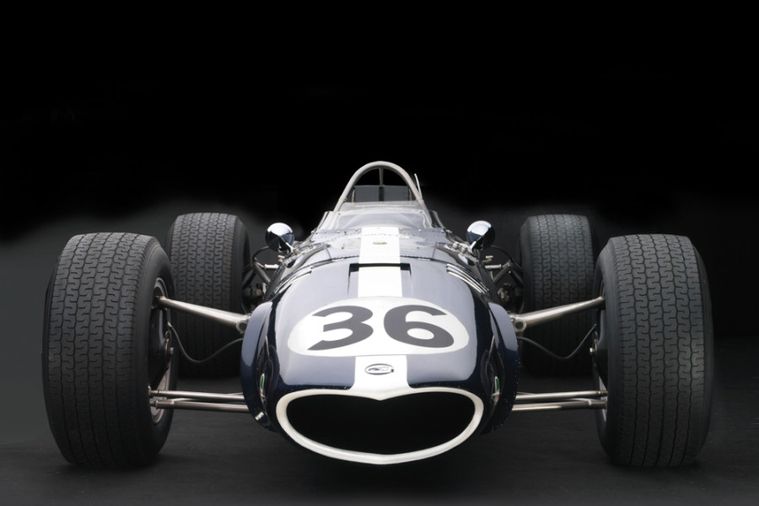
On the left, we have an example of an iconic wide-track-era Grand Prix car, namely the Ferrari 640. On the right, we have an example of an iconic narrow-track-era Grand Prix car, namely the Ferrari F2004. The images are scaled to about the same scale, and it's clear that the F2004 is noticeably narrower than the 640 -- the 640's front control arms are notably elongated compared to the F2004.
[Note that Bridgestone introduced front tyres which were 1"/25mm larger in diameter than the Goodyear front tyres when they entered F1, so the Bridgestone fronts are the same diameter as the rears (and are at the largest permissible 660mm), whereas the Goodyear fronts are a smaller diameter than the rears.]
I decided to leave the intermediate 2000mm width (1993-1997, 2017-present) out of the discussion, as am I interested in the fan preference between the two extremes, rather than the intermediate width which is the current regulation.
It's a little hard to imagine to imagine the 640 as a narrow-track car or the F2004 as a wide-track car, as they are so entwined to their respective eras with their respective looks, but perhaps someone who is better at Photoshop than me could try that out to see what each would have looked like under the opposite regulations.








